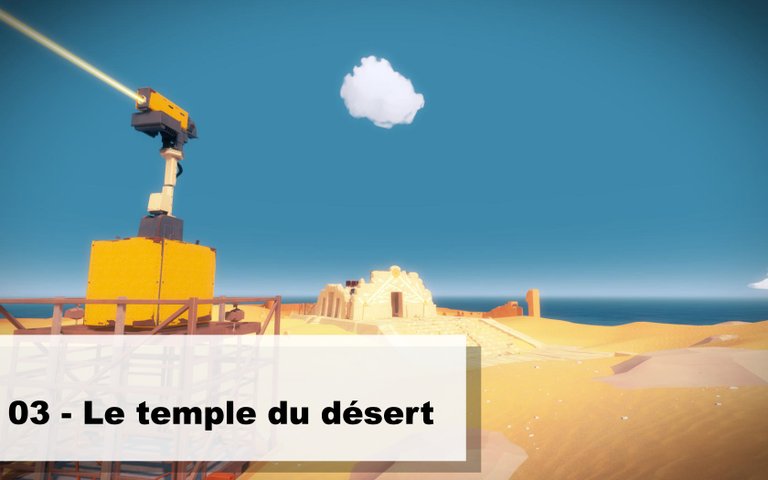
That sends most, but not all, of the moisture within it to the surface, Dr. The process starts when the fastest-moving seismic waves, or primary waves, pass through sand and compress it, the researchers suggest. The necessary ingredients, the researchers suggest, include powerful ground shaking, loose sand, water and calcite, which functions like a glue. Buchner and his collaborators proposed a recipe for how sand spikes form. In a study published last month in Nature Communications, Dr. That is directly facing the nearby San Andreas Fault, the earthquake-prone intersection of the Pacific and North American plates. Over 95 percent of those sand spikes, mostly found clustered near Mount Signal, have heads pointing east. Buchner and his collaborators of similar looking sand spikes found thousands of miles away in the Imperial Valley of Southern California. That was an unexpected finding, but it reminded Dr. “The bulbous heads of the sand spikes point toward the seismic source,” Dr. And curiously there’s a pattern to how they’re oriented in the ground. The hardy sandstone structures, the largest of which have been found to top three feet in length, are only located in sediments dating to the time of the impact. Over the last three decades, Elmar Buchner, a geologist at the Neu-Ulm University of Applied Sciences in Germany, and his colleagues have collected thousands of sand spikes around the Ries crater. The impact triggered ground shaking equivalent to that of a magnitude 8.5 earthquake, previous research has suggested. Sand spikes were first discovered in the 1820s in southern Germany near the Nördlinger Ries impact crater, which formed 14.8 million years ago when an asteroid struck the region.

“I would define them as geological curiosities,” said Lidia Lonergan, a geologist at Imperial College London, who was not involved in the research. When sand spikes are found, they say, they can be used to pinpoint both the timing and location of long-ago seismic cataclysms.ĭespite the striking appearance of sand spikes - which have “the shape and proportions of an ancient mace,” a researcher wrote in 1906 - they aren’t well known, even among scientists who study rocks. Powerful seismic waves - triggered by either earthquakes or asteroid impacts - ripple through sand and create these features in mere seconds, the team suggests. Researchers studying sand spikes found in California and Germany have now proposed that these geological oddities form rapidly during intense ground shaking.

Are they petrified seaweed? Sand-filled animal burrows? Or perhaps even objects created by prehistoric human populations? But the origin of these rare geological formations has remained enigmatic since their discovery in underground deposits nearly 200 years ago.

With their bulbous heads and tapered tails, sand spikes resemble miniature mushroom clouds.


 0 kommentar(er)
0 kommentar(er)
